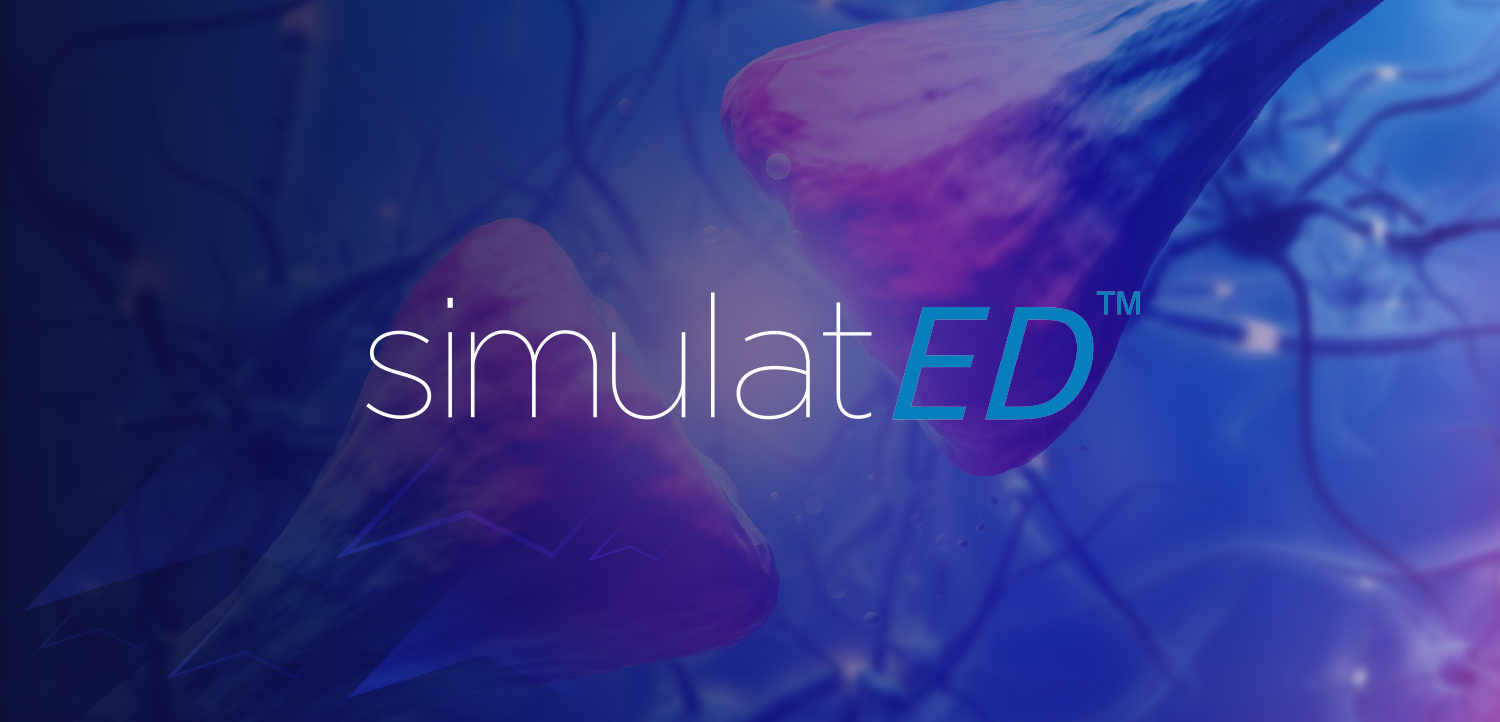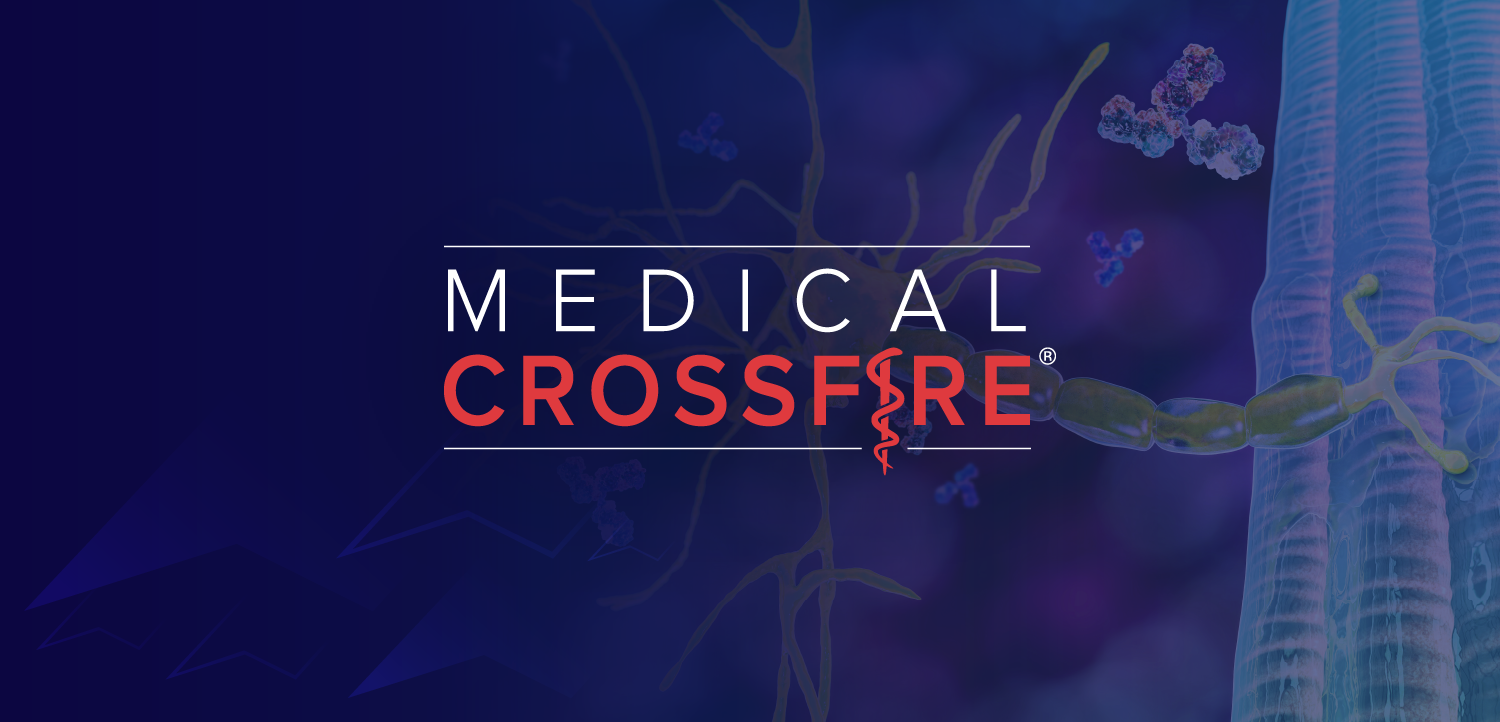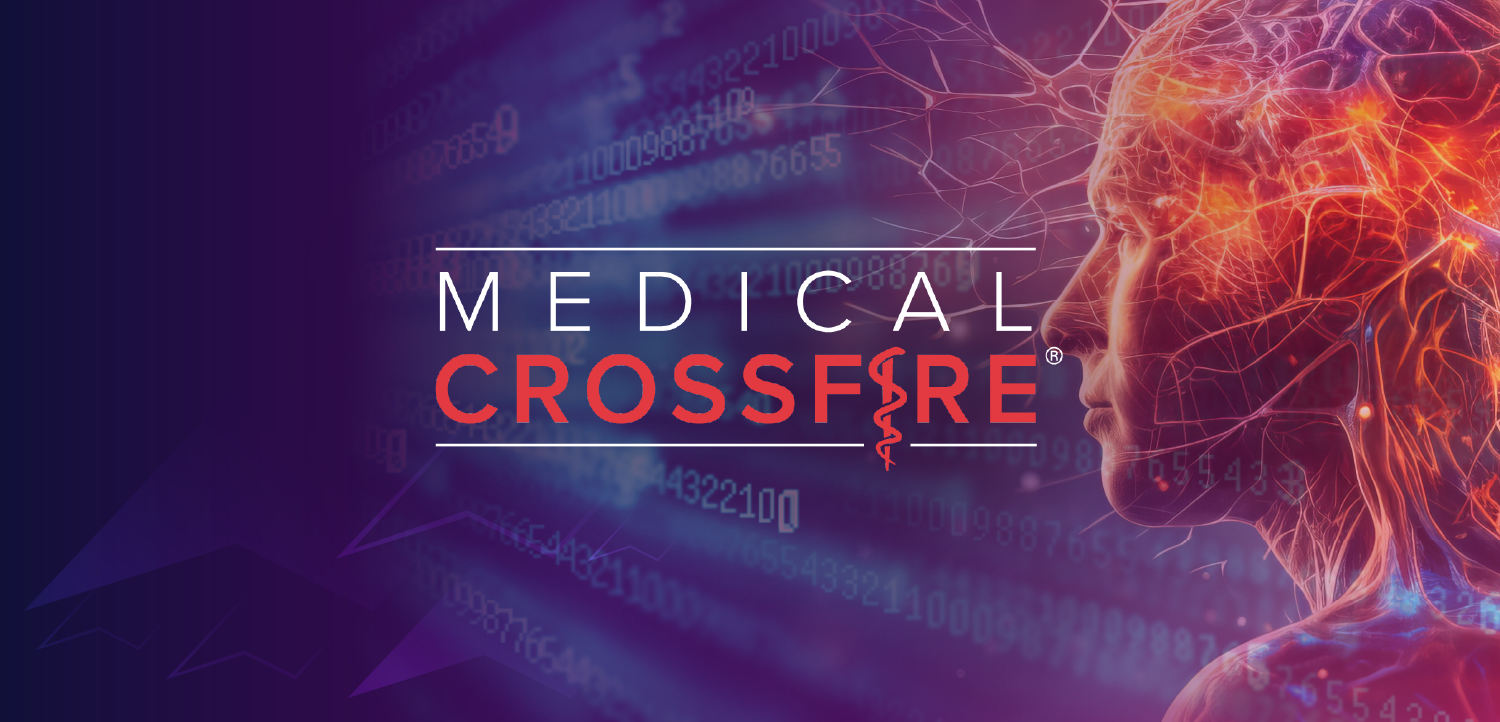Identifying and Evaluating Off-Episodes in Parkinson Disease
Drs Pahwa and Comella explain the challenges in identifying off-episodes and tactics they use to evaluate them.
Rajesh Pahwa, MD: You said to ask a patient if they’re having OFF episodes. But as you know, patients can find it challenging to describe their symptoms. Are there certain things you try to assess to get to these OFF episodes? What are your challenges when you are discussing these OFF episodes?
Cynthia Comella, MD: I find it difficult, unless it’s an aware patient, to rely on a diary to tell me that. I have to rely on how a patient feels, and I have to rely on what the caregiver tells me because a lot of times, the caregiver will be the one who shares, “He gets a little slow, or suddenly in the middle of a day he will suddenly turn OFF with no relation,” those are the sudden OFF episodes. But I must rely largely on patient history unless I want to keep a patient in the office through a cycle of levodopa and have them to learn that way. Sometimes videotapes can be helpful, educational videotapes for the patient, where they say this is what dyskinesia is. Because some patients will mistake dyskinesia for tremor. That’s often the problem when you’re using the phone to try to determine something. Is it rhythmic and shaking, or is it more irregular? Sometimes you must use those kinds of educational tools. But to a large degree, until we develop some wearable device that can be validated, I do rely on the patient.
Rajesh Pahwa, MD: People mixing tremor and dyskinesias, they keep saying, “Oh, my tremors are getting worse,” and we keep increasing their levodopa until you realize, they’re describing dyskinesias rather than the OFF episode that they’re having. At times if I have a patient in the clinic, I ask them, “Is this your best time?” This helps us understand, yes, this is their ON [state], and it’s easy to explain to them, “This is your ON. When you’re not doing as well, when you’re not walking as well, that could be an OFF that you’re having.”
A couple of other things I have used, videotaping for education, but also because more of our patientshave smartphones, just telling them to video tape the time they feel they’re not doing well, so that when they come in you can look at a 30-second clip and see, “Oh, you have tremor, you’re barely able to get up from the chair.” That can help also. I had a colleague who used to teach patients to walk in a small area in the house, and he would time them. He would know when the patient is OFF it took them 12 seconds, and when he was ON it took 8 seconds. We all try different tricks to assess the OFF episodes. The future, like you said, is going to be a good wearable device where like an EKG [electrocardiogram], we can look at it and say, “OK, here you are having an OFF episode.” We are getting where people are using wearable devices, but we still have the challenges of how well they correlate the algorithms and they aren’t perfect. But at least it’s a start as far as those things are concerned.
Cynthia Comella, MD: I know it will improve in the future, and we will be much better able to detect what is ON, what is OFF, and what is ON with dyskinesia. At this point, patients are our best bet insofar as telling us how they feel. So I spend time asking, which sometimes is a problem in a busy clinic. How much can you ask a patient about these kinds of things, especially given the nonmotor OFF issues? It ends up being a lot of questions.
Rajesh Pahwa, MD: The whole issue about OFF episodes comes out, what causes this, right? Why are patients ending up having OFF episodes, and when they started levodopa they were not having them? A lot of patients struggle starting levodopa because they’re concerned that they are going to have dyskinesias more than they’re going to have OFF episodes. The roller coaster of OFF episodes and dyskinesias can be equally challenging for the patient.
This transcript has been edited for clarity.
Newsletter
Keep your finger on the pulse of neurology—subscribe to NeurologyLive for expert interviews, new data, and breakthrough treatment updates.
Related Articles
 FDA Extends Review Time for Sanofi’s BTK Inhibitor Tolebrutinib
FDA Extends Review Time for Sanofi’s BTK Inhibitor TolebrutinibSeptember 22nd 2025
 This Week on NeurologyLive® — September 22, 2025
This Week on NeurologyLive® — September 22, 2025September 22nd 2025
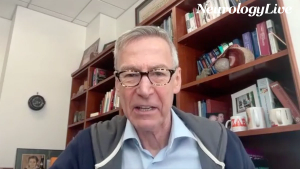 The Changing Landscape of Epilepsy Care: Orrin Devinsky, MD
The Changing Landscape of Epilepsy Care: Orrin Devinsky, MDSeptember 21st 2025
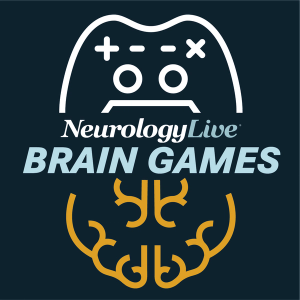 NeurologyLive® Brain Games: September 21, 2025
NeurologyLive® Brain Games: September 21, 2025September 21st 2025





